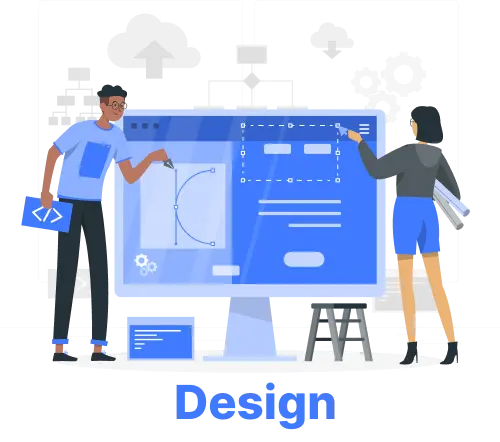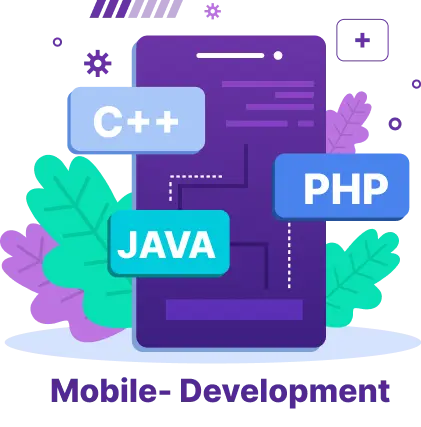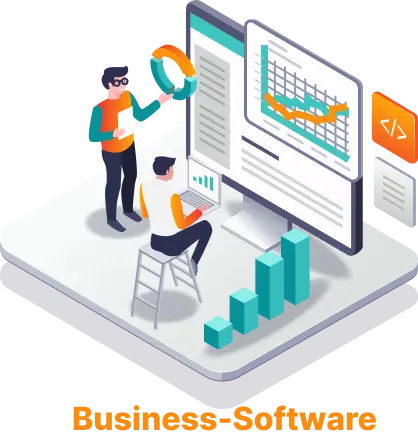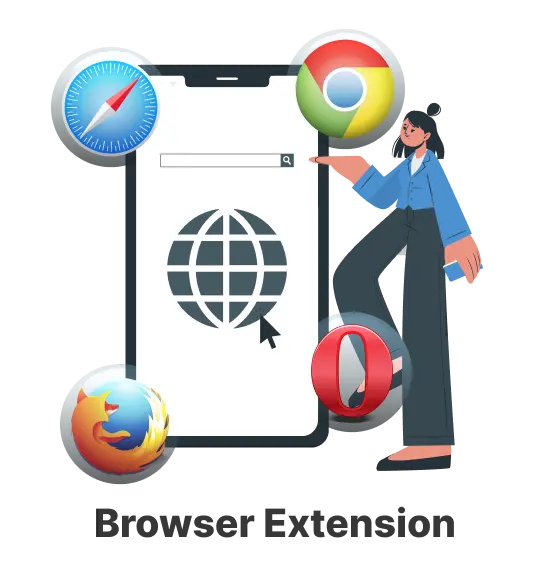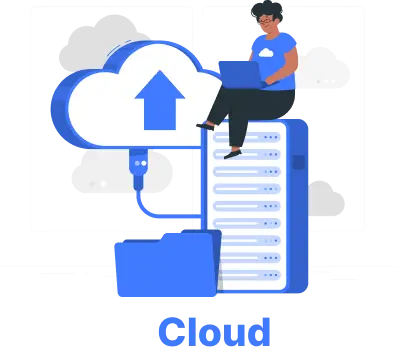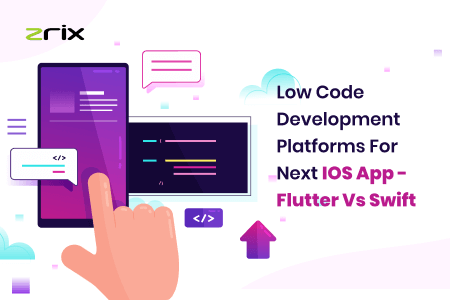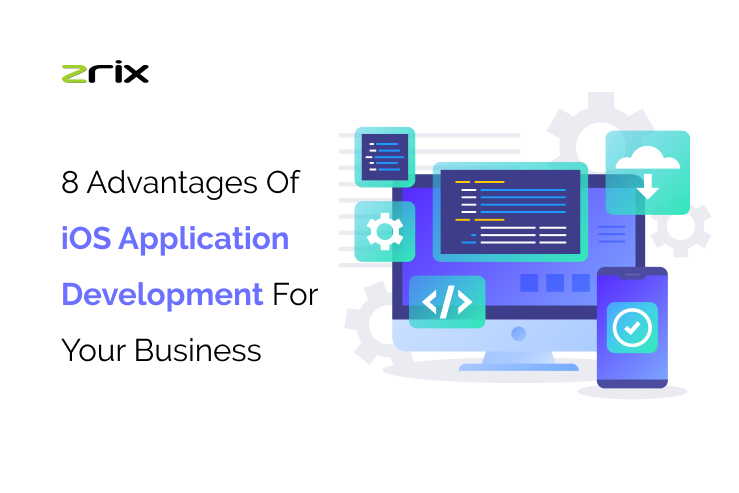Revolutionizing iOS Development: Discover the Most Innovative Language
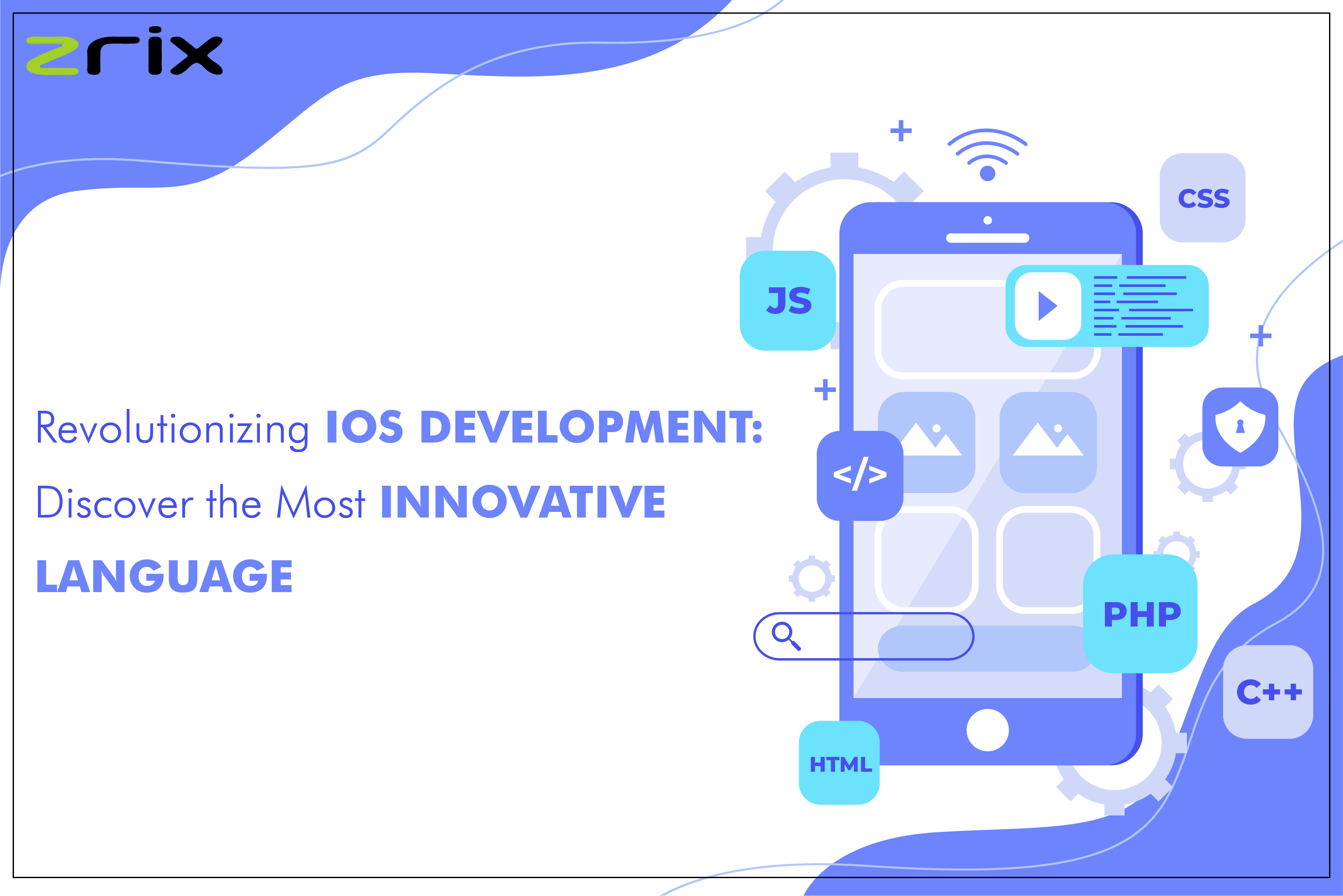
iOS app development has come a long way since the inception of Objective-C as the primary programming language for building applications on Apple's ecosystem. With the evolution of technology and the ever-growing demand for innovative and feature-rich apps, developers have been exploring new programming languages to create compelling user experiences.
In this blog, we'll delve into some of the most innovative languages for iOS app development that have gained traction in recent years. From Swift to Kotlin Multiplatform and beyond, developers now have a plethora of options to choose from, each with its own set of advantages and unique capabilities.
Table of Content
Let Explore Innovative Languages for iOS Development
Swift: Revolutionizing iOS Development
One of the most significant advancements in iOS app development was the introduction of Swift by Apple in 2014. Swift is designed to be powerful, expressive, and safe, offering developers a modern programming language that is faster and more efficient than its predecessor, Objective-C. With Swift, developers can write cleaner and more concise code while benefiting from features like optionals for safer memory management and a plethora of built-in libraries. The open-source nature of Swift has led to an active community, rapid evolution, and continuous improvements.
Kotlin Multiplatform: Bridging iOS and Android
Kotlin Multiplatform is gaining popularity as a versatile language for building apps that run on both iOS and Android platforms. Originally developed by JetBrains, Kotlin Multiplatform allows developers to share a significant portion of the codebase between the two platforms, thus reducing development time and maintenance efforts. While it's not a complete replacement for Swift on iOS, Kotlin Multiplatform's ability to share business logic, networking code, and more can greatly enhance the efficiency of cross-platform development.
Flutter: UI-Centric App Development
Although not a language per se, Flutter is a UI toolkit created by Google that allows developers to build natively compiled applications for mobile, web, and desktop from a single codebase. Flutter uses Dart as its programming language and focuses on providing a fast and expressive way to develop visually appealing user interfaces. Its "hot reload" feature allows developers to see the impact of code changes instantly, making the development process more iterative and efficient.
React Native: Leveraging Web Development Skills
React Native, developed by Facebook, enables developers to build native iOS and Android apps using JavaScript and React, a popular web development library. This approach allows web developers to leverage their existing skills to create mobile apps, reducing the learning curve associated with traditional mobile development. React Native provides a bridge between JavaScript and the native components of the device, enabling seamless integration and performance.
Python: The Surprising Contender
While not typically associated with iOS app development, Python has made its way into the iOS ecosystem through projects like Kivy and BeeWare. Kivy is an open-source Python library that facilitates the creation of multitouch applications, making it suitable for games and multimedia apps. BeeWare provides tools to develop native user interfaces for iOS using Python, offering an alternative for developers who are already familiar with the language.
Conclusion
In the dynamic world of iOS app development, innovation is key to staying ahead of the curve and delivering exceptional user experiences. The languages and frameworks discussed in this article represent just a fraction of the options available to developers today. Whether you're embracing the speed and safety of Swift, exploring cross-platform development with Kotlin Multiplatform, crafting visually stunning interfaces with Flutter, leveraging JavaScript skills with React Native, or even experimenting with Python, the iOS app development landscape is ripe with opportunities.
Each language and framework brings its own strengths and trade-offs, catering to different development styles and project requirements. Ultimately, the choice of language depends on factors such as the project's complexity, team expertise, development timeline, and desired app performance. As technology continues to advance, new languages and tools will undoubtedly emerge, further enriching the iOS app development ecosystem.
In conclusion, embracing innovation in iOS app development means embracing the diverse range of languages and frameworks that empower developers to create extraordinary apps that captivate users and drive success in the competitive app market. Whether you're building for iOS, Android, or both, these innovative options offer a chance to push the boundaries of what's possible and shape the future of app development.

